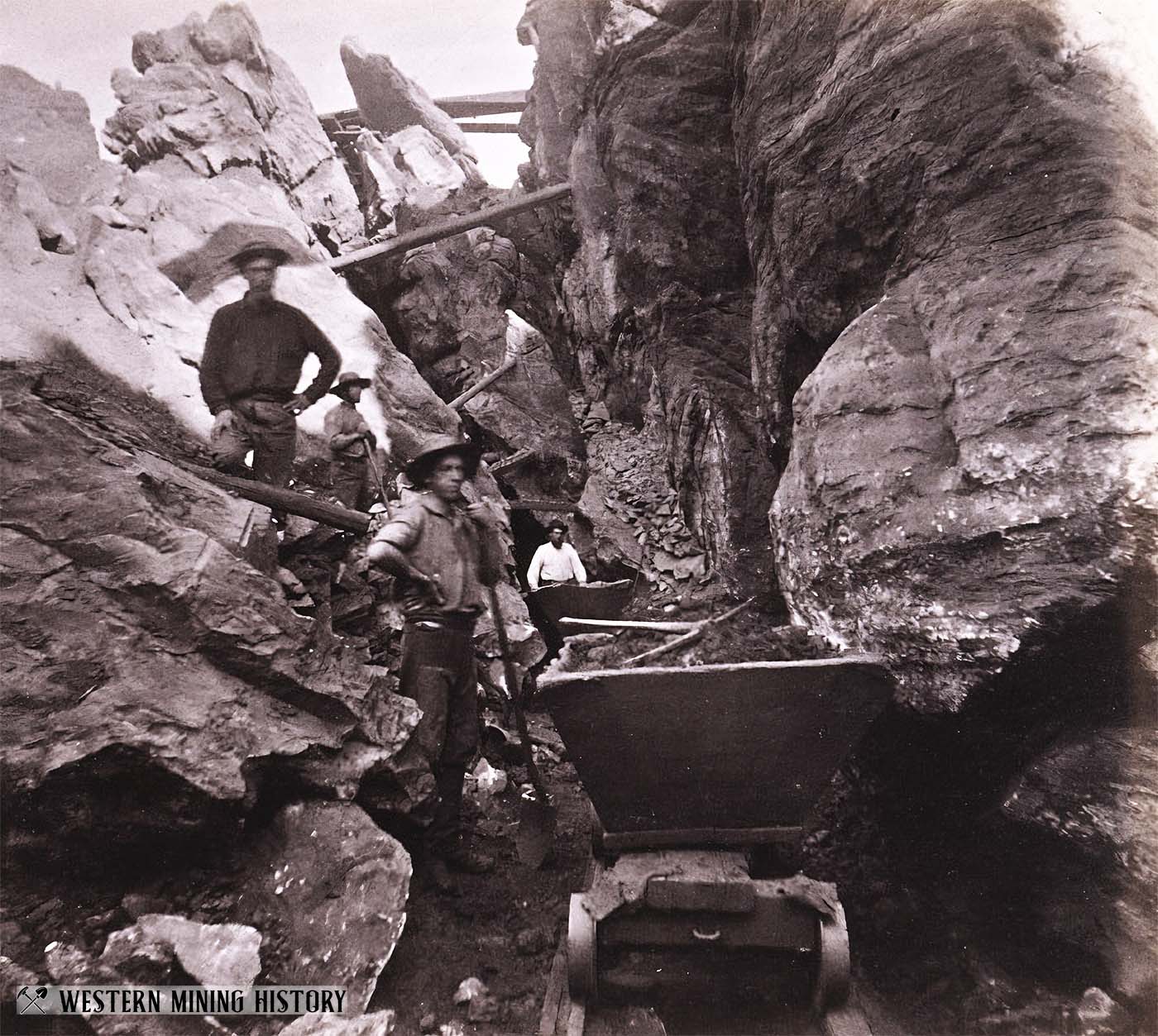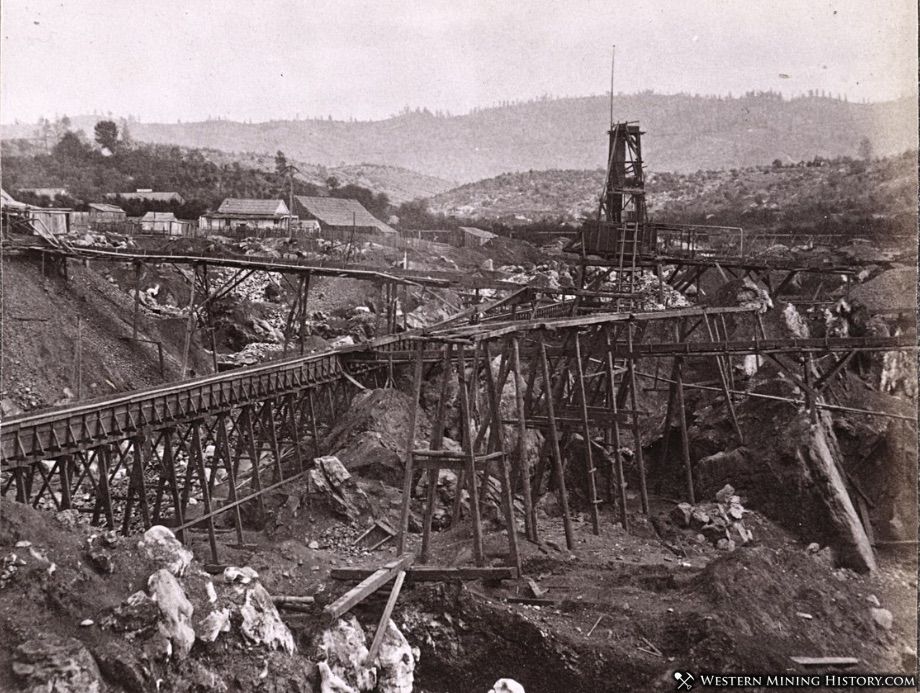Last summer, I posted about how I camped and white rafted the last two summers on the American River in California. The California Gold Rush started based on gold being found at John Sutter’s Mill on the American River.
My parents recently moved up to Sonora, CA, which is another historic CA Gold Rush mining town. It’s surrounded by 2-3 other gold rush sites, including the town of Columbia which has a preserved old west town. On my parents’ property is a gold rush era water sluiceway for mining that still has water going through it.
For reference, these towns are in eastern CA in the Sierra Nevada Mountains, and about an hour from Yosemite National Park.
Two days ago we visited Columbia and apparently, $29 billion in gold was removed from there. Also, one of the first major Wells Fargo stations was there besides San Francisco. Several of the old saloons are still open.

 westernmininghistory.com
westernmininghistory.com
My photo uploads aren’t working at the moment so I’ll try later.
![Image]()
My parents recently moved up to Sonora, CA, which is another historic CA Gold Rush mining town. It’s surrounded by 2-3 other gold rush sites, including the town of Columbia which has a preserved old west town. On my parents’ property is a gold rush era water sluiceway for mining that still has water going through it.
For reference, these towns are in eastern CA in the Sierra Nevada Mountains, and about an hour from Yosemite National Park.
Two days ago we visited Columbia and apparently, $29 billion in gold was removed from there. Also, one of the first major Wells Fargo stations was there besides San Francisco. Several of the old saloons are still open.

Explore the Gold Rush at Columbia State Historic Park | Visit California | Visit California
Step into Gold Rush history at Columbia State Historic Park, a preserved town with strolling docents and events galore in California’s Tuolumne County.
www.visitcalifornia.com
Columbia California
My photo uploads aren’t working at the moment so I’ll try later.





/https://tf-cmsv2-smithsonianmag-media.s3.amazonaws.com/filer_public/0e/cc/0ecca50a-2c7a-47b6-9391-33a48e49341f/gettyimages-564090425.jpg)
/https://tf-cmsv2-smithsonianmag-media.s3.amazonaws.com/filer_public/3b/db/3bdbb9c9-07c7-486a-8ae0-0dc306abba4c/gettyimages-113280199.jpg)


